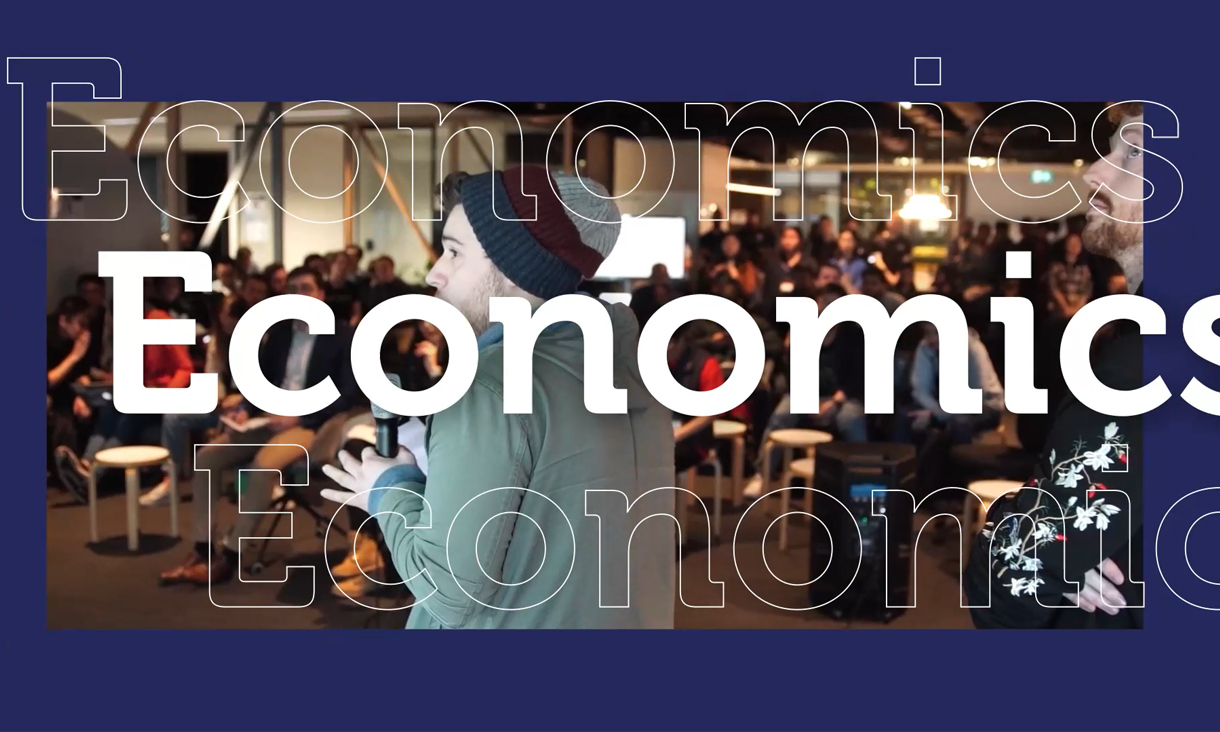Accounting
RMIT provides stimulating and rigorous studies in international accounting, corporate governance, compliance and assurance.
International business
RMIT’s international business programs give you the skills to analyse and interpret the complex operations of global organisations, international trade and business relationships.
Mathematics, statistics and analytics
Statistics, analytics and mathematical science at RMIT is focused on applied outcomes. With strong industry connections, we link theory to practical projects and apply these to real-world scenarios.





